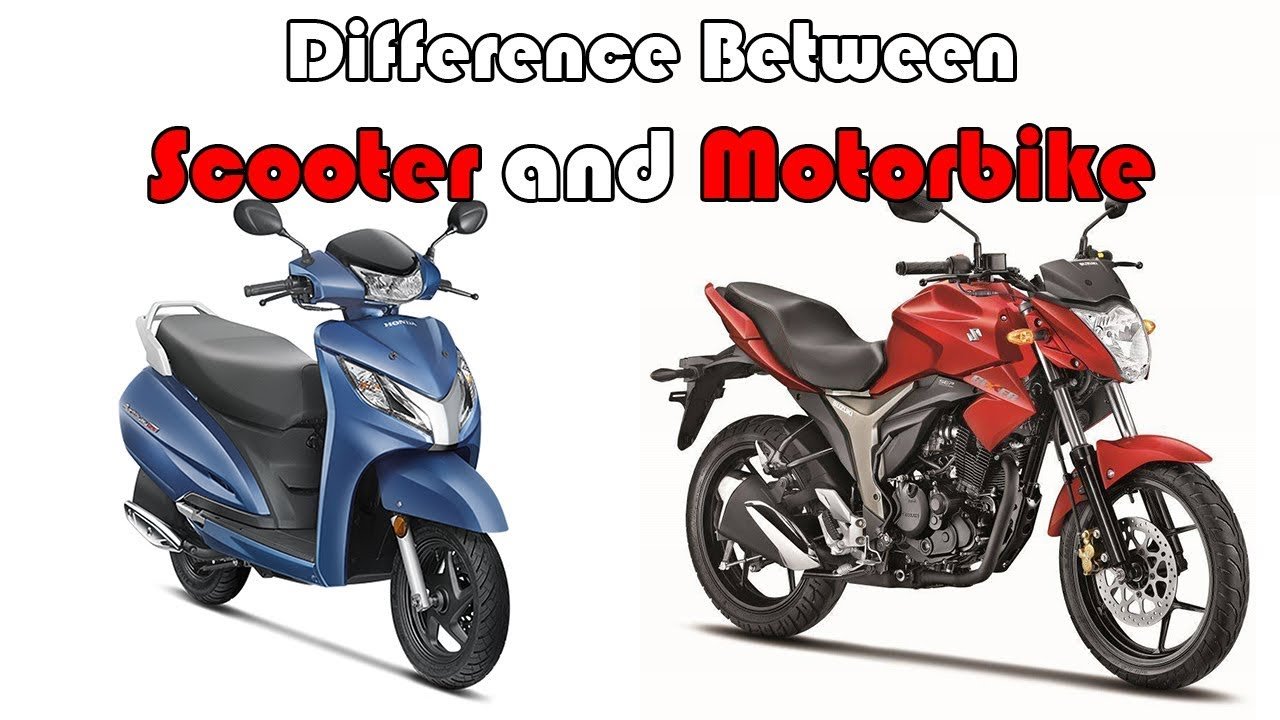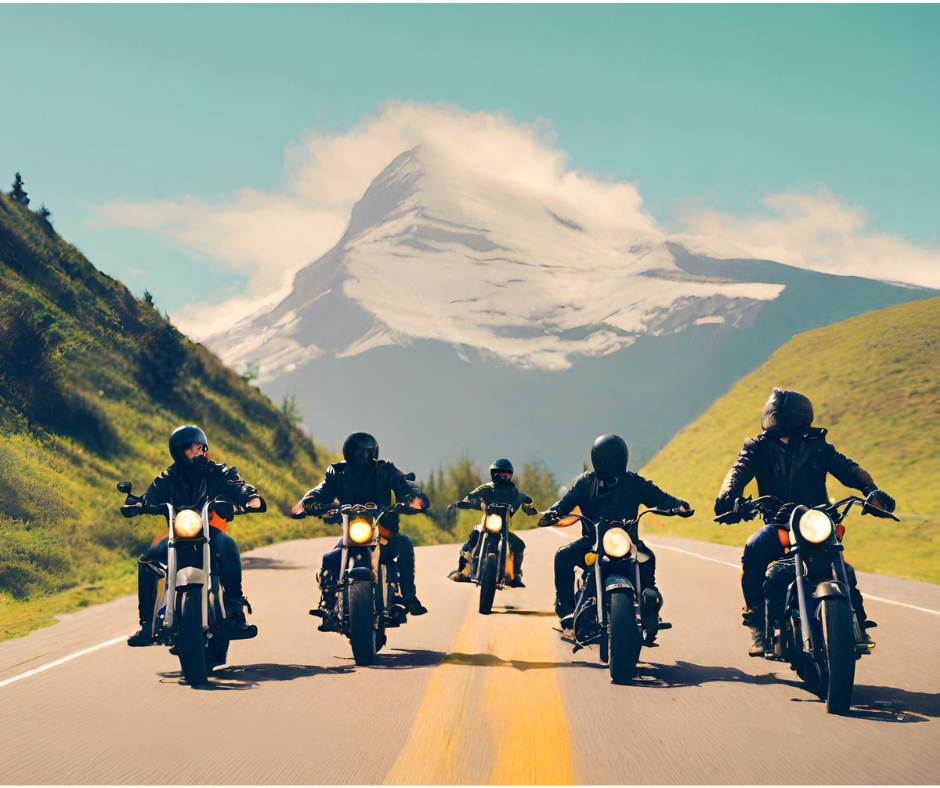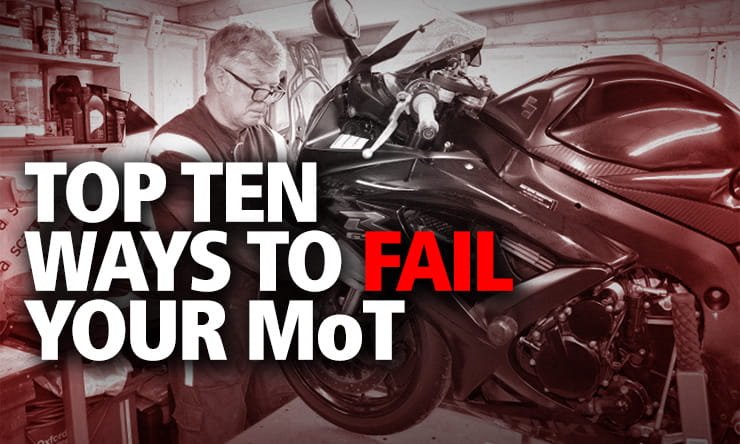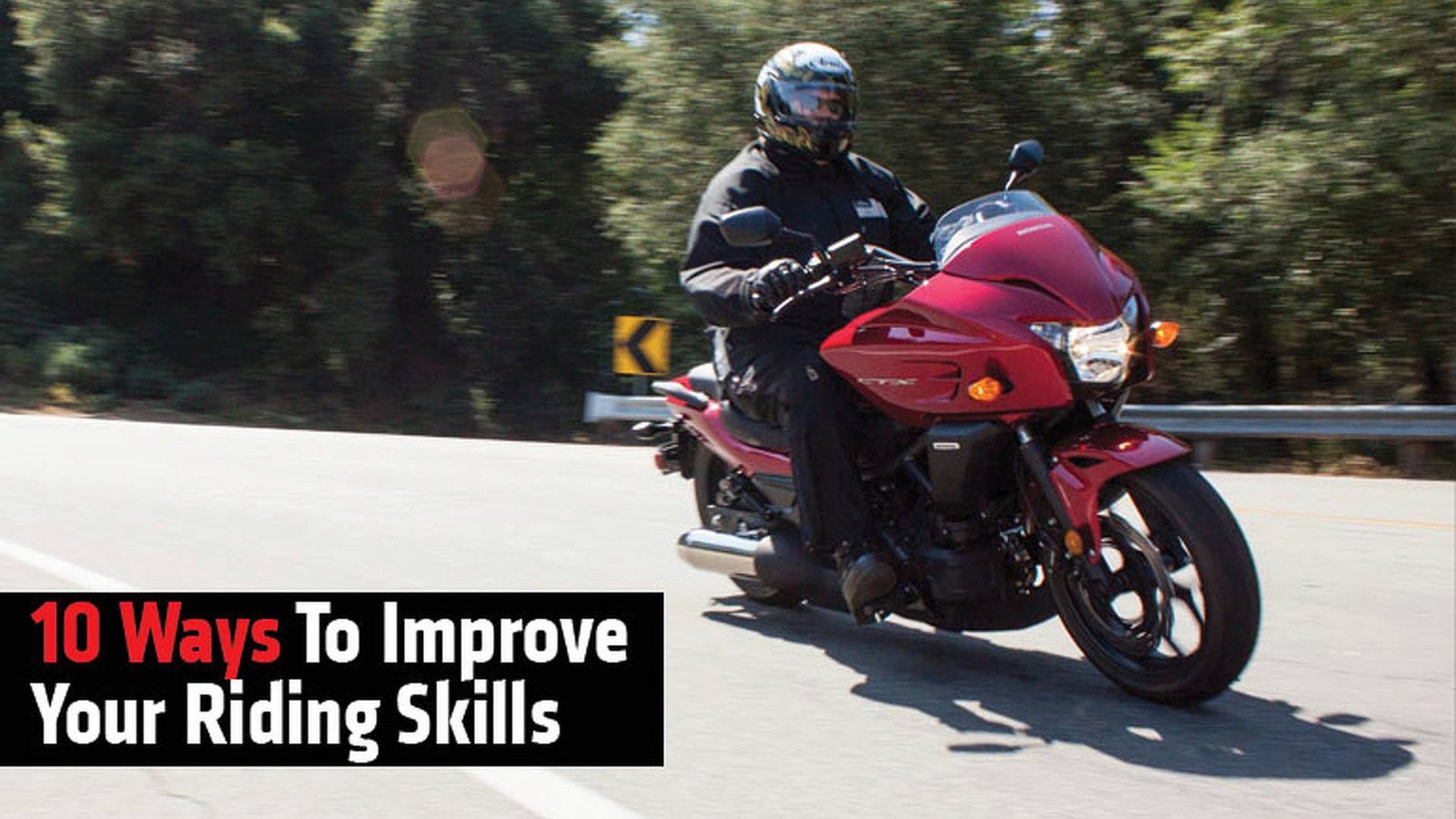The main difference between a motorcycle and scooter is their structure and power. Motorcycles have larger engines and a manual gearbox, while scooters have a step-through frame and automatic transmission.
Exploring the world of two-wheeled transportation reveals distinct variations between motorcycles and scooters, appealing to different riders. Motorcycles boast more robust engines and require the rider to manually change gears, making them a preferred choice for enthusiasts seeking speed and long-distance travel.
Scooters, on the other hand, are famed for their convenience, featuring an automatic gearbox that caters to urban commuters and riders who prioritize ease of use. With their step-through frames and typically smaller engines, scooters offer a practical solution for city navigation and moderate travel distances.
These fundamental differences dictate the rider’s experience, defining each vehicle’s purpose and ideal user demographic, contributing to a well-informed choice for aspiring riders.

Credit: www.youtube.com
Table of Contents
Distinct Designs
Distinct Designs of motorcycles and scooters reveal a world of contrasts. These differences are not just about aesthetics; they shape the ride, handling, and overall user experience. From the frame structure to the size of the wheels, the unique attributes of each vehicle cater to diverse preferences and needs.
Frame And Body Structure
Motorcycles and scooters have distinct frame designs that serve different purposes. Motorcycles feature a more complex frame, often made of steel or aluminum, which provides high stability and durability for long rides at higher speeds.
On the other hand, scooters have a step-through chassis design, making them user-friendly and convenient for quick commutes.
| Vehicle | Frame Characteristics | User Experience |
|---|---|---|
| Motorcycle | Complex, sturdy | Suited for longer, faster rides |
| Scooter | Step-through, accessible | Ideal for easy urban travel |
Wheel Size Comparison
Wheel size of motorcycles and scooters also sets them apart significantly. Motorcycles typically have larger wheels, contributing to greater stability and smoother handling over varied terrain. Scooters sport smaller wheels that offer enhanced maneuverability in tight city spaces but can be less stable on rough surfaces.
- Larger wheels on motorcycles:
- Boost handling and stability
- Better for varied terrains
- Smaller wheels on scooters:
- Improve agility in traffic
- More suitable for even urban roads

Credit: www.differencebetween.com
Engine Placement And Performance
Engine placement and performance play key roles when choosing a motorcycle or scooter. While both types of vehicles provide a thrilling ride, their engines differ greatly in power, location, and how they operate. Let’s explore these differences in detail.
Engine Power And Capacity
Motorcycles boast more power and a higher capacity than scooters. Typically, they come with engines that range from 150cc to a massive 1000cc or more. These engines provide greater speed and acceleration, allowing for high-speed travel and quick overtaking.
On the other hand, scooters usually feature smaller engines, from 50cc up to around 250cc. This means they’re better suited for city riding and fuel efficiency rather than high-speed performance.
Motorcycle Vs Scooter Transmission
The transmission system is another aspect where motorcycles and scooters diverge. Motorcycles use manual transmissions, requiring riders to manually shift gears using a hand clutch and foot shifter. This offers a level of control and engagement that many enthusiasts enjoy.
Scooters, however, mostly come with automatic transmissions, known as CVTs (Continuously Variable Transmissions). This makes scooters easier to ride, especially for beginners, as it eliminates the need to shift gears manually.
Riding Experience
The riding experience of motorcycles and scooters differs vastly. These differences shape the joy and functionality of each ride. Exploring these factors helps riders choose the best fit for their lifestyle.
Seating Posture And Comfort
Riders value comfort. On motorcycles, the rider leans forward. This posture suits high-speed rides. On scooters, riders sit upright. This relaxed position eases city commutes. Scooters often have a step-through frame. This design offers easy mounting and dismounting. Cushioned seats on scooters enhance comfort during longer journeys.
Handling Dynamics
Handling dynamics influences rider confidence. Motorcycles boast larger wheels. Larger wheels provide stability at faster speeds. They navigate rough terrain smoothly. Motorcycles have manual transmissions.
This system requires rider skill for gear shifts. Scooters feature smaller wheels. These make tight turns and parking effortless. Automatic transmissions are common in scooters. Riders enjoy ease of use, making them beginner-friendly.
- Motorcycles:
- Forward-leaning posture
- Manual transmission
- Larger wheels for stability
- Scooters:
- Upright seating
- Automatic transmission
- Smaller wheels for maneuverability
Practicality And Use Cases
Practicality and use cases highlight how motorcycles and scooters fit into daily life. They serve various purposes based on storage, commuting, and distance. Understanding these differences can guide a buyer to the perfect ride.
Storage Solutions
Scooters excel in storage capabilities compared to motorcycles. Most scooters come with built-in compartments. Riders can store helmets, groceries, or personal items. This feature makes scooters a top pick for errands or daily tasks.
Motorcycles, on the other hand, often require additional accessories for storage. Saddle bags or tank bags are common solutions. These items add extra space but may not provide the convenience of a scooter’s under-seat storage.
Urban Commute Vs Long Distance
Scooters and motorcycles cater to different commuting needs.
- Scooters are ideal for city traveling. They’re nimble, easy to handle, and perfect for short distances.
- Parking is simpler with their compact size.
Motorcycles are better suited for long distances. They provide comfort and power needed for highways. Riders choose motorcycles for extended trips or adventures.
- They offer higher speeds and greater fuel capacity.
- Stability and comfort are key for long journeys.
Cost And Maintenance
When choosing it comes down to cost and upkeep. The expenses involved with both is key to making the right choice. Let’s break down the initial investment. Also, we will look at continuing costs like maintenance and repairs.
Initial Investment
The price tag of the vehicle is your first expense. Motorcycles typically cost more than scooters. A new motorcycle can range anywhere from a few thousand dollars to over $20,000. Scooters are more affordable, with prices often between $800 and $4,000.
| Vehicle Type | Price Range |
|---|---|
| Motorcycle | $3,000 – $20,000+ |
| Scooter | $800 – $4,000 |
Upkeep And Repairs
Regular maintenance ensures your ride is safe and reliable. Scooters generally have lower maintenance costs. This is because they have fewer parts and a less complex design. Services like oil changes and tire replacements are also more affordable.
Consider these factors for ongoing costs:
- Oil changes
- Tire servicing
- Brake maintenance
- Battery checks
A typical motorcycle needs more attention, which adds to maintenance costs:
- Regular engine checks
- Chain lubrication
- Clutch adjustments
- Coolant level inspections
Repair costs can also vary:
- Motorcycles can incur higher repair bills due to the complex machinery.
- Scooters are easier to fix with their simpler engines and fewer parts.
Choose wisely. Think about these costs over the lifetime of your ride. A scooter might save money in the long run. A motorcycle might fulfill the need for power and speed.
Safety Features And Regulations
Safety Features and Regulations are pivotal in any vehicle decision. Whether selecting one, it is must to check the safety aspects and road requirements. This section dives into what keeps riders safe and the legalities that govern two-wheel travel.
Built-in Safety Mechanisms
Motorcycles and scooters have different safety mechanisms. These features are critical for rider protection.
- Motorcycles often come with anti-lock braking systems (ABS). ABS helps prevent wheel lock during rapid stops.
- Scooters might have less powerful engines, but their compact builds improve handling.
Enhanced tire grip technology sees constant advancement in both vehicles. Proper lighting ensures visibility, crucial for night riding.
Legal Requirements On The Road
The law requires specific criteria for two-wheelers to be road-worthy. Every rider must adhere to these regulations.
| Requirement | Motorcycle | Scooter |
|---|---|---|
| License | Motorcycle endorsement | Varies by engine size/state |
| Helmet | Compulsory in many areas | Same as motorcycles |
| Insurance | Mandatory | Mandatory |
Additional gear such as gloves, jackets, and protective boots enhance safety. Reflective clothing is advisable for increased visibility. Riders must ensure their vehicles have proper signaling devices and mirrors.
Cultural Impact And Trends
The cultural influence of motorcycles and scooters shapes more than just transport trends. They each reflect different lifestyle values and ideals. These two-wheeled vehicles tell a story far beyond their functional use. They play pivotal roles in shaping cultural trends.
FAQ
What Distinguishes Motorcycles From Scooters?
Motorcycles typically feature larger engines, manual transmissions, and require shifting gears. Scooters, on the other hand, often have smaller engines, automatic transmissions, and are known for their step-through chassis design.
Are Scooters Safer Than Motorcycles?
Scooters are perceived as safer due to their lower speeds and automatic transmissions. However, safety primarily depends on the rider’s experience, road conditions, and adherence to traffic laws.
How Does Fuel Efficiency Compare In Motorcycles And Scooters?
Scooters are generally more fuel-efficient than motorcycles. They are designed with smaller engines and are lighter, contributing to better mileage, especially in urban settings.
Can Motorcycles And Scooters Use The Same Roads?
Yes, both motorcycles and scooters can use the same roads. Local laws may restrict the use of certain roads depending on engine size or top speed.
Bottom Line
You must know the difference between motorcycle and scooter to make an informed decision. Motorcycles offer power and performance, ideal for enthusiasts and long distance travel. Scooters provide ease, economy, and convenient commuting. Your choice depends on personal preferences, lifestyle needs, and riding intentions.




Leave a Reply